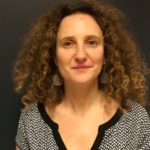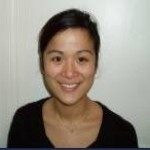Link to Pubmed [PMID] – 31017082
Am. J. Trop. Med. Hyg. 2019 06;100(6):1355-1362
The diffusion of extended-spectrum beta-lactamase (E-ESBL)-producing Enterobacteriaceae is a major concern worldwide, especially in low-income countries, where they may lead to therapeutic failures. In hospitals, where colonization is the highest, E-ESBL transmission is poorly understood, limiting the possibility of establishing effective control measures. We assessed E-ESBL-acquisition routes in a neonatalogy ward in Madagascar. Individuals from a neonatology ward were longitudinally followed-up (August 2014-March 2015). Newborns’ family members’ and health-care workers (HCWs) were stool-sampled and tested for E-ESBL colonization weekly. Several hypothetical acquisition routes of newborns-e.g. direct contact with family members and HCWs and indirect contact with other newborns through environmental contamination, colonization pressure, or transient hand carriage-were examined and compared using mathematical modeling and Bayesian inference. In our results, high E-ESBL acquisition rates were found, reaching > 70% for newborns, > 55% for family members, and > 75% for HCWs. Modeling analyses indicated transmission sources for newborn colonization to be species dependent. Health-care workers’ route were selected for and , with respective estimated transmission strengths of 0.05 (0.008; 0.14) and 0.008 (0.001; 0.021) ind day. Indirect transmissions associated with ward prevalence, e.g. through hand carriage or environment, were selected for , , and (range 0.27-0.41 ind day). Importantly, family members were not identified as transmission source. To conclude, E-ESBL acquisition sources are strongly species dependent. and involve more indirect contamination, whereas also spreads through contact with colonized HCWs. These findings should help improve control measures to reduce in-hospital transmission.



